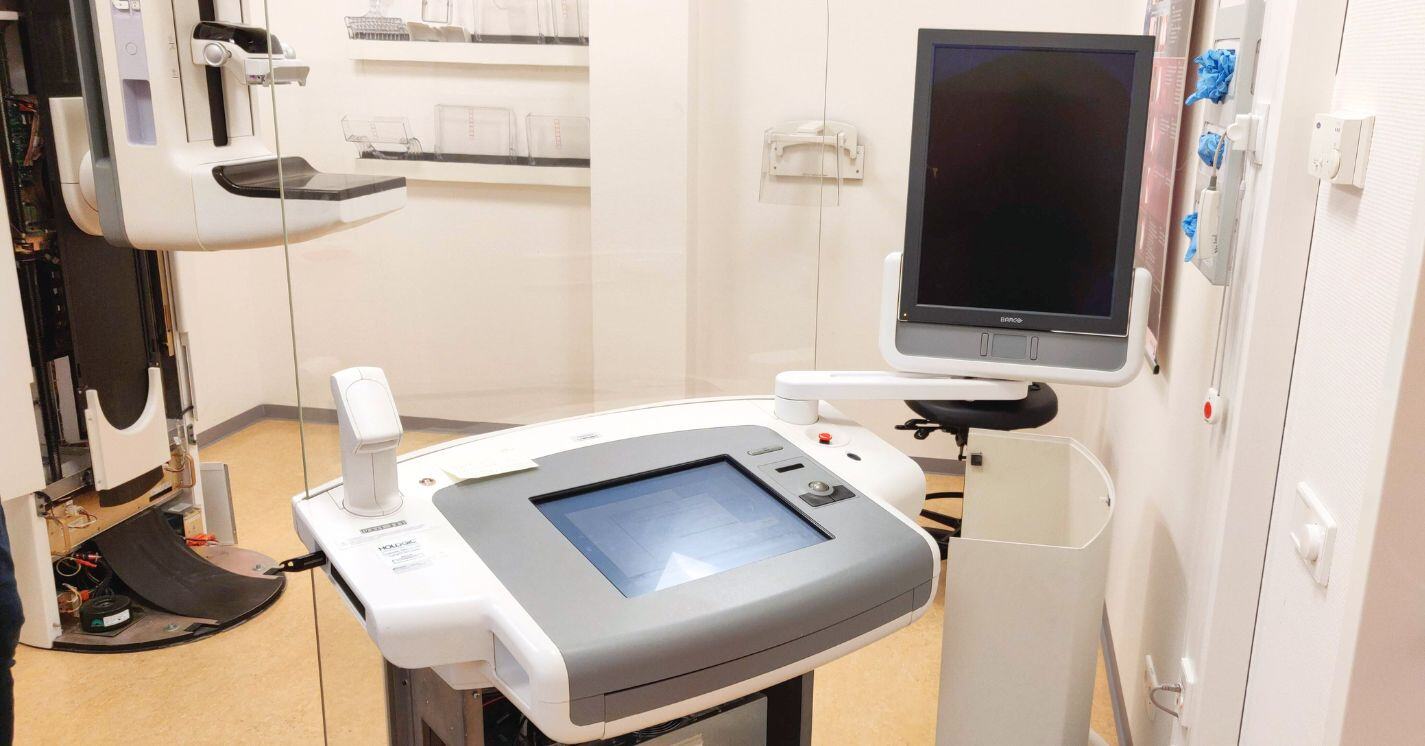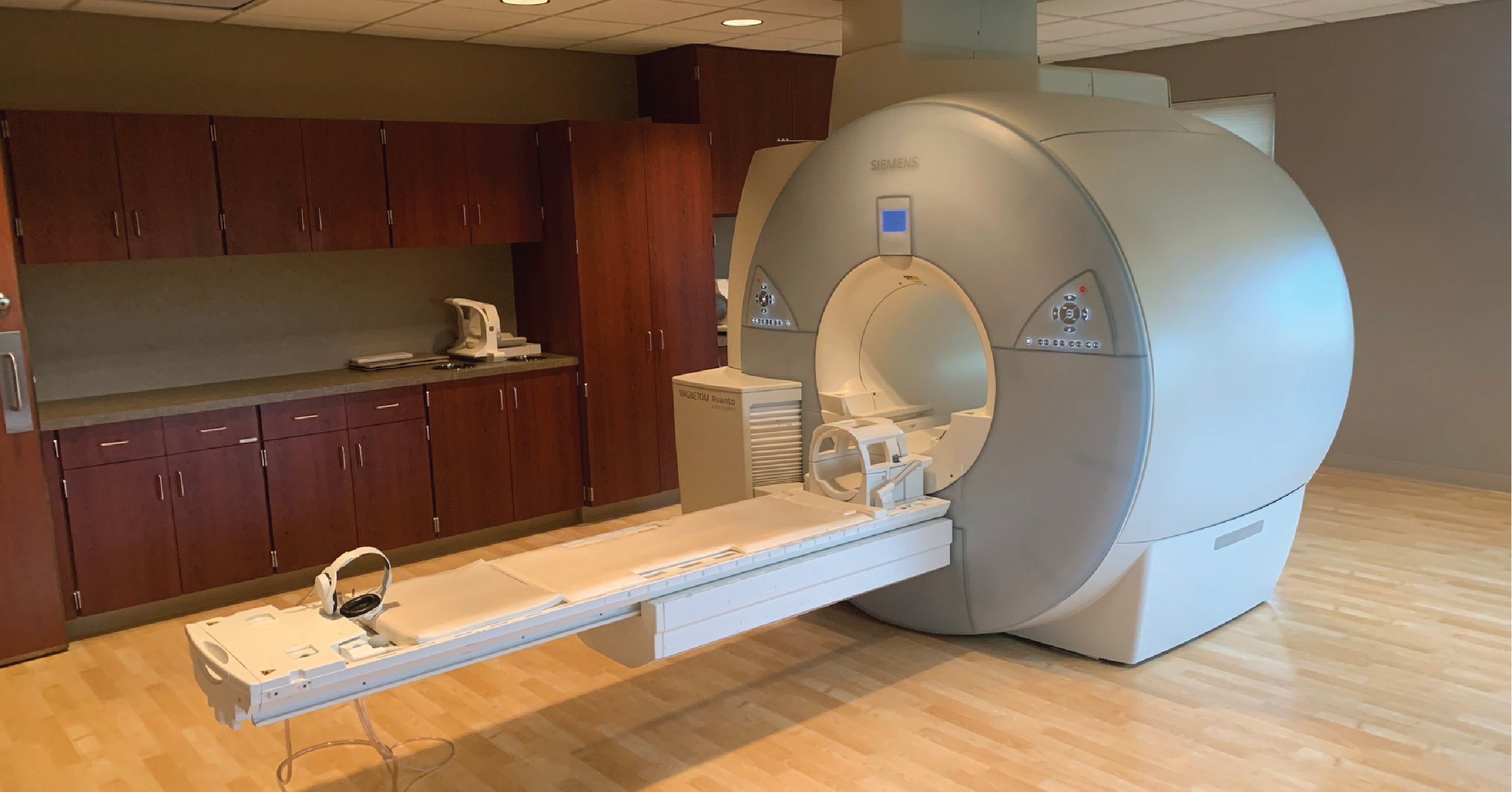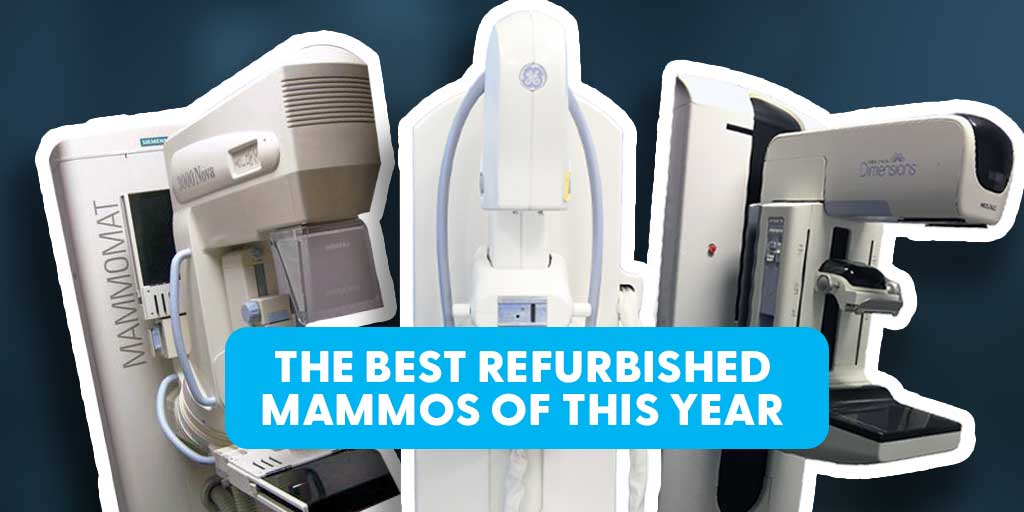
Updated: June 28, 2024 : 2 min read
Mammography vs. Breast MRI for Breast Cancer Detection
A question we hear a lot is, “What’s the difference between buying a breast MRI versus a regular mammogram using a mammography machine?” The fast answer is that one is more suitable for general screening (mammography) and the other is more suitable for diagnosis and staging (MRI).
The separate strengths of these modalities make for necessary comparison guide. Read on for a helpful analysis of the advantages and disadvantages in each machine and when it would make sense for you to choose one or the other.
- How does mammography detect breast cancer?
- How does breast MRI detect breast cancer?
- When you might use both
Note: Block Imaging provides refurbished mammography machines and parts in order to solve all the pain points listed above. You can read about it in detail below or reach out to our sales team to learn more about how it can help improve diagnostic imaging.
How does mammography detect breast cancer?
Mammography is the recommended method of screening/diagnosis for most patients. It is generally more reliable than MRI when detecting suspicious calcifications and remains the best modality for patients with ferrous metal implants that are unable to go through an MRI.
Patients with a personal or family history of breast cancer or dense breasts could arguably benefit more from an MRI study but, with 3D Tomo technology hitting the market, image quality and calcification/lesion recognition have recently improved for mammography. Check out our blog article on the top four reasons to upgrade from 2D to 3D mammography for more information.
How does breast MRI detect breast cancer?
During an MRI procedure, unlike mammography, there is no risk of radiation exposure because MRIs use magnetic fields to create images. According to recent studies, one distinct advantage of MRI studies is their ability to better detect small breast lesions that are sometimes missed on a mammography machine. MRIs are also more effective in detecting breast cancer in patients with dense breasts and patients with breast implants.
One disadvantage of MRI studies is that they have been known to miss calcifications, which can sometimes develop into tumors. Additionally, because of the magnetic field generated by an MRI, patients with ferrous implants of any kind are disqualified from being screened on this equipment. Finally, MRI procedures require an expensive and more invasive injection of contrast dye into the arm that helps create a clearer image, but unfortunately is not always covered by insurance.
When You Might Use Both
In most cases, a physician will elect to start a patient out with a regular mammogram. If suspicious or inconclusive results are found (along with a history), they may elect to order a more expensive breast MRI as well. Balancing what is best for the patient with cost management certainly factors into a physician’s decision, but the bottom line remains the same: leveraging the separate strengths of both MRI and mammography to detect breast cancer earlier and save lives.
If you’re looking to switch and invest in breast MRI, a great tactic is to get your existing mammo equipment valuated to see if it can help with your budget.
If you'd like to know more about mammography or MRI equipment, our team is ready to help. Use the button below to tell us your needs and start the conversation.

Garth Immelman
Garth Immelman is a Parts Customer Service Representative Team Lead at Block Imaging. He views every day as an opportunity to grow in his role, supplying the industry with and educating it about the parts that keep their equipment going. Outside of work Garth enjoys spending time with his wife, finding ways to make huge bonfires, and traveling to Traverse City, MI.





